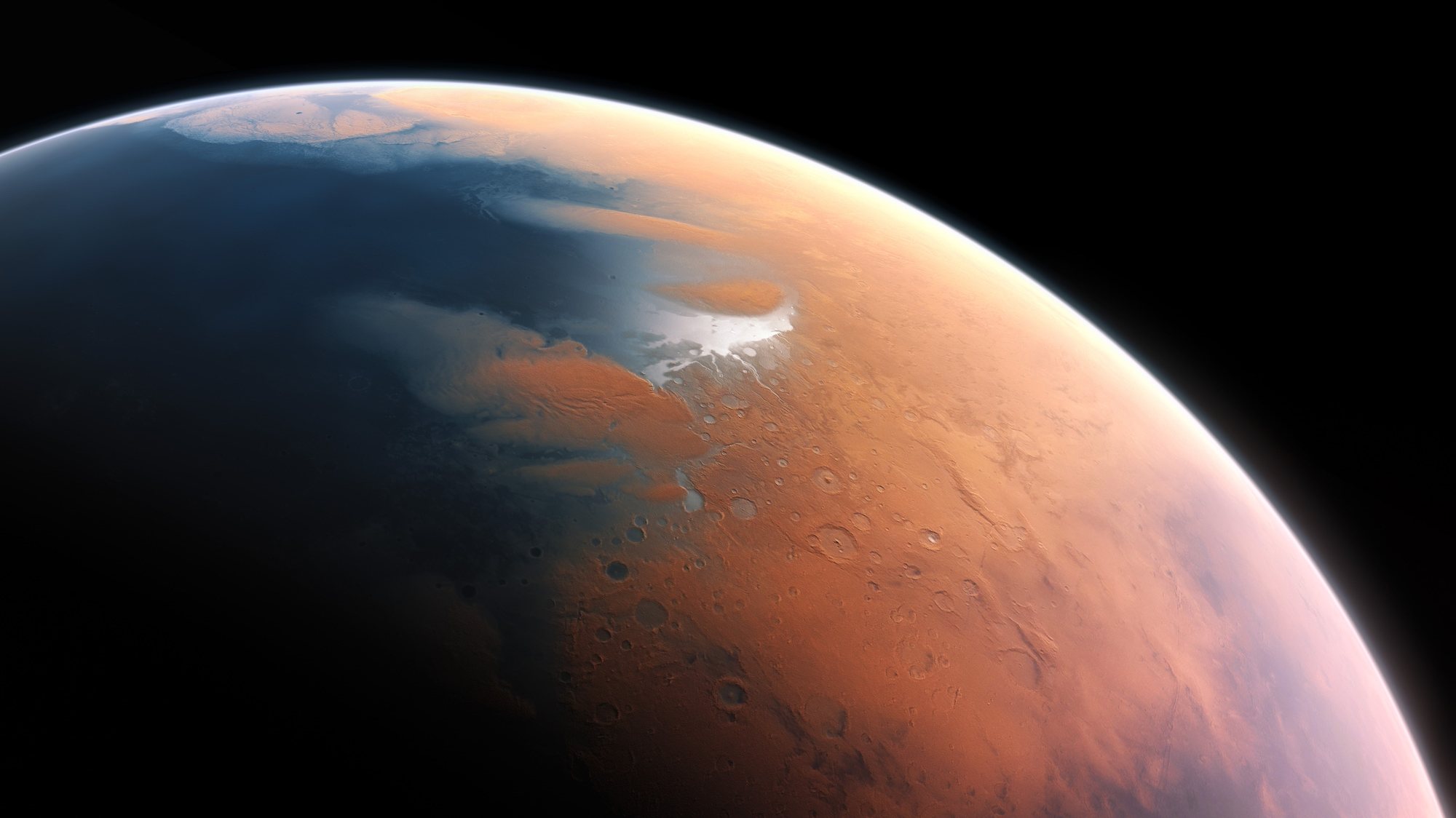First “live broadcast” From Mars. This is how the European Space Agency (ESA) announced that it would publish the first images captured in real time of the Red Planet through YouTube, an initiative to commemorate the 20th anniversary of the Mars Express mission.
In a statement released Wednesday, the agency invited everyone to join the one-hour broadcast on June 2 and see Mars like never before, in near real time. “In a way, there is no such thing as ‘living’ in space, since we are limited by the speed of light that travels great distances. But this Friday (…) you will have the opportunity to be as close as possible to Mars“, assured the ESA.
Most of the data and images collected in space are captured during periods when the equipment is not in direct contact with antenna stations on Earth, the ESA explains. This means that the data is stored and transmitted a few hours or even a few days later when contact is established.
The same happens with the monitoring camera of the Mars Express mission, so that, in just a few days, it is possible to have a new batch of data and images available, which is then downloaded, processed and shared with the world. This process makes the images captured and broadcast live “rare”, although there are some examples in the history of space. According to ESA, the same thing happened, for example, when NASA’s DART spacecraft intentionally collided with the asteroid Dimorphos to determine if it is possible to divert celestial bodies from their orbits.
Before the start of live, there were still some doubts about the success of the broadcast, admitted James Godfrey of ESA’s mission control center in Darmstadt, Germany. “This is an ancient camera, originally intended for engineering purposes and located at a distance of almost three million kilometers from the earth. It’s never been tested before, and to be honest, we’re not 100% sure it’s going to work.”, explained the expert.
“Normally we see images of Mars and we know they were taken days before. I’m excited to see Mars as it is now. As close to a Martian ‘now’ as possible,” said James Godfrey.
The mission was successful and, for about an hour, the images of Mars arrived, with the expected delay of 50 seconds, to the viewers who followed the broadcast on YouTube.
The ESA estimates that the time difference between the images being captured and appearing on viewers’ screens was about 18 minutes. “Light takes 17 minutes to travel from Mars to Earth in the current configuration, and about a minute to pass through cables and servers on Earth,” the statement said.
Friday’s broadcast marked the 20th anniversary of Mars Express, a mission launched in June 2003. Since then, it has provided “stunning” images of the red planet, provided the most comprehensive map of the atmosphere’s chemical composition and demonstrated that Mars has never has met the environmental conditions necessary for the existence of life.
Source: Observadora
